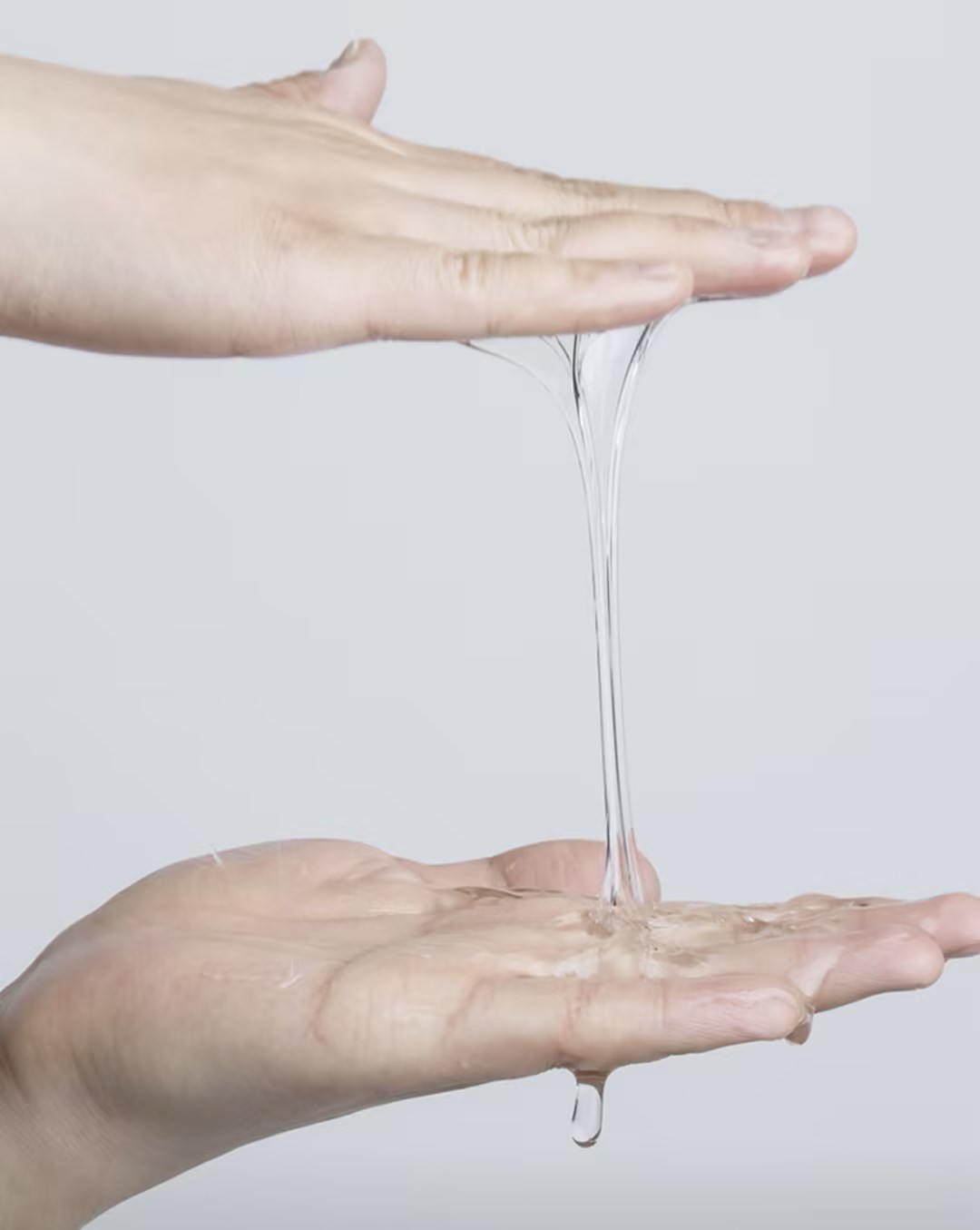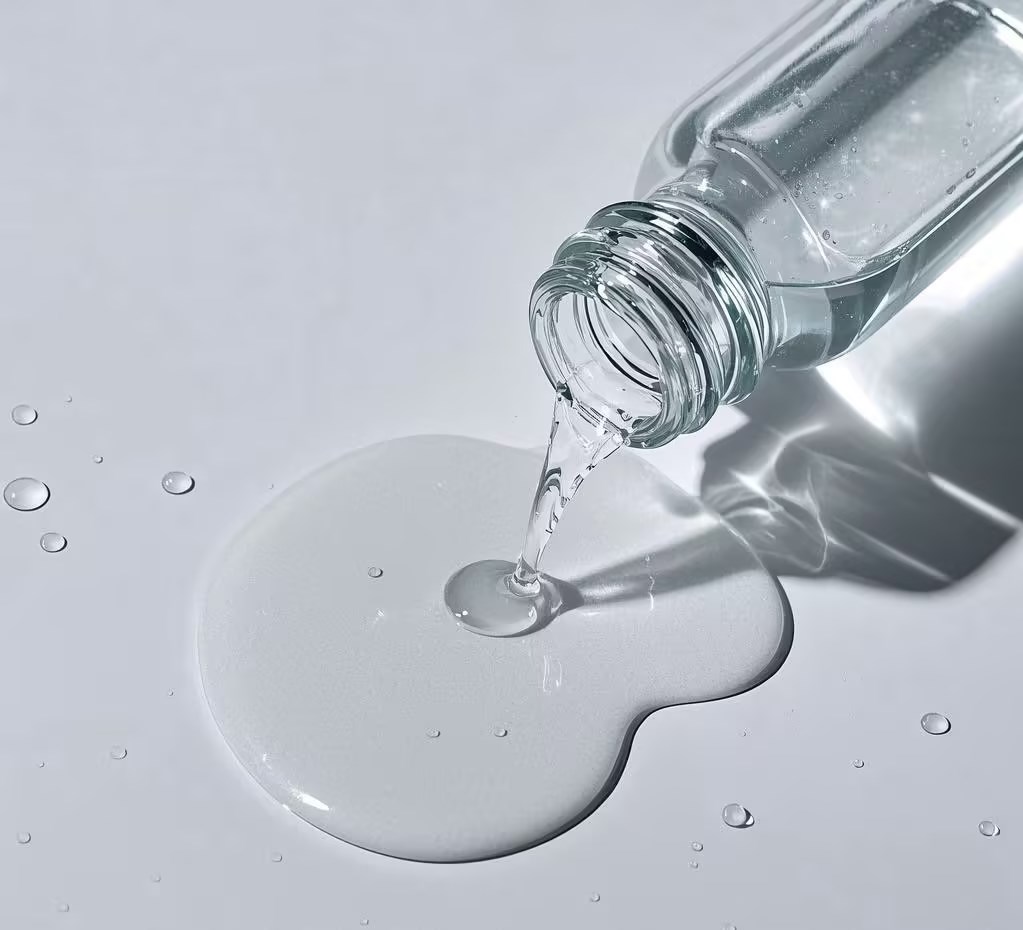Phenyl silicone oil is an important organic silicon material with excellent properties such as high and low temperature resistance, electrical insulation, weather resistance, and low surface tension. It is widely used in fields such as electronics, lubrication, cosmetics, and optical packaging. The following are several common methods for producing phenyl silicone oil:
product link:
https://www.112seo.com/productcategory-phenyl-silicone-oils.html
 1. Co polymerization method
1. Co polymerization method
The copolymerization method involves mixing diphenylcyclosiloxane and dimethylcyclosiloxane in a certain proportion, adding a base catalyst, and conducting a copolymerization reaction at a certain temperature. After the reaction is completed, diphenyl dimethylcyclosiloxane is obtained through a cracking reaction. Then, according to the requirements of the phenyl content, end capping agents, catalysts, etc. are added for polymerization to finally obtain phenyl silicone oil. The phenyl silicone oil produced by this method has high transparency and excellent quality, and is suitable for fields such as optical packaging materials and personal care.
2. Hydrolysis condensation method
The hydrolysis condensation method utilizes monomers such as phenylchlorosilane or phenylalkoxysilane for hydrolysis reaction, followed by condensation reaction under the action of catalyst. For example, by co hydrolyzing diphenyldichlorosilane and dimethyldichlorosilane, the resulting hydrolysis product is then subjected to catalytic equilibrium polymerization with methyl containing D4 and MDnM. The advantage of this method is that it can precisely adjust the molecular structure and properties of phenyl silicone oil by controlling the hydrolysis and condensation conditions.
3. Epoxy method
The epoxy method is a polymerization reaction carried out in a reaction vessel by mixing phenyl ring hydrolysate, D4 (octamethylcyclotetrasiloxane), and tetramethylammonium hydroxide (catalyst) in proportion. By precise control of temperature and vacuum degree, residual low molecular weight copolymers can be effectively reduced, and the purity and yield of phenyl silicone oil can be improved. For example, by using specific temperature adjustment steps, the yield of phenyl silicone oil can reach 40% -45%, and the content of low molecular weight copolymers is significantly reduced.
4. UV curing method
UV curing method is a new production method of phenyl silicone oil, which introduces phenyl groups on the side chains of siloxane to improve the high temperature resistance of end methylacrylated poly (methylsiloxane). The phenyl silicone oil produced by this method has the advantages of short curing time, high temperature resistance, good weather resistance, and good electrical insulation.

5. Reverse hydrolysis condensation method
The reverse hydrolysis condensation method uses monomers such as dimethyldichlorosilane, diphenyldichlorosilane, and methylphenyldichlorosilane to undergo reverse hydrolysis condensation reaction under the action of catalyst and end capping agent. The phenyl silicone oil produced by this method has excellent high temperature resistance and is suitable for high-end applications such as composite titanium based lubricants.
summary
There are various production methods for phenyl silicone oil, and different production processes are suitable for different application scenarios and performance requirements. The copolymerization method and hydrolysis condensation method are currently widely used production processes, while UV curing method and reverse hydrolysis condensation method provide new directions for the high-performance and application expansion of phenyl silicone oil. With the continuous advancement of technology, the production process of phenyl silicone oil will become more efficient, environmentally friendly, and diversified.

